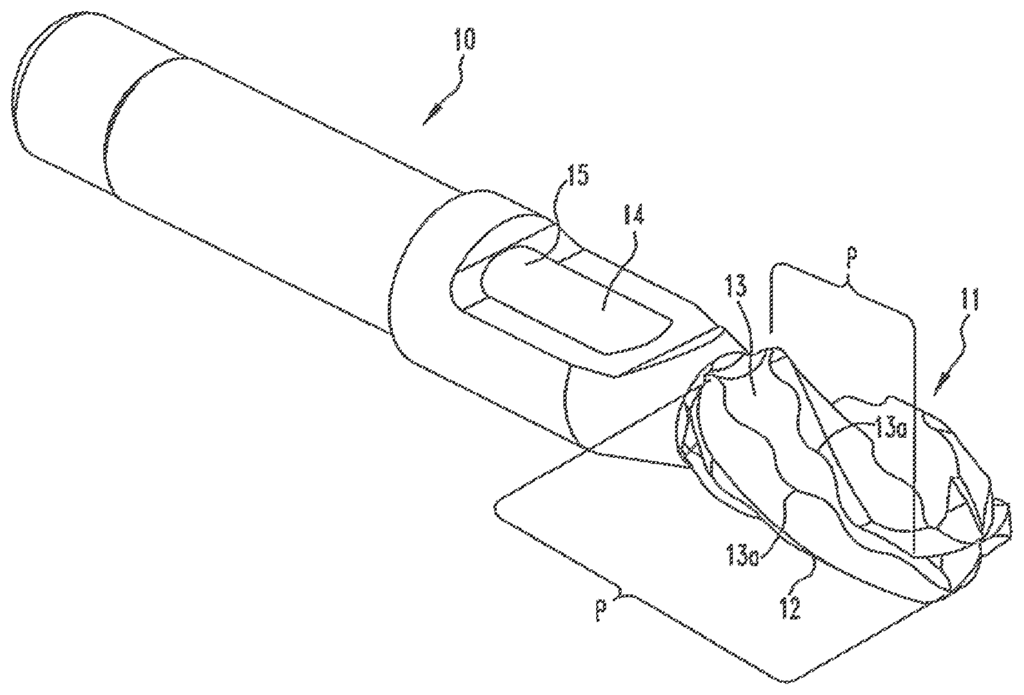Precision Arthroscopy for Better Patient Outcomes
Introduction
This advanced arthroscopic resection technology introduces refined methods for performing minimally invasive joint surgeries, offering an efficient, precise approach to removing damaged tissue. Ideal for orthopedics, sports medicine, and surgical technology, this technology allows healthcare providers to achieve more effective and reliable results, supporting quicker recovery times and enhanced patient satisfaction. For clinics and surgical centers dedicated to high standards in orthopedic care, this technology provides an edge in quality and innovation.
The Challenge: Improving Accuracy in Arthroscopy
Arthroscopy is a complex procedure, requiring high precision to ensure effective removal of damaged tissue and repair of joint structures. Traditional methods often face limitations in access, visualization, and control, which can impact surgical outcomes and lead to extended recovery periods. Achieving consistency and precision in arthroscopic resection is critical for reducing tissue trauma, improving accuracy, and minimizing postoperative complications. As demand grows for minimally invasive solutions, there is an increasing need for tools that empower surgeons to perform with accuracy and confidence.
Precision Techniques for Optimal Resection
This technology leverages advanced resection methods, allowing for precise tissue removal while minimizing surrounding tissue damage. With refined control and enhanced visualization, surgeons can work with greater accuracy, targeting only the areas necessary for treatment. The design supports efficient cutting and removal while maintaining structural integrity within the joint, significantly improving the surgical experience. Additionally, the system’s adaptability allows it to be used in various joint areas, from knees and shoulders to wrists, enhancing versatility and expanding its application in sports medicine and orthopedic care.
Key Advantages for Healthcare and Surgical Sectors
For orthopedic practices, this technology provides an advanced tool that ensures more effective procedures and improves patient outcomes by reducing recovery time. Hospitals and surgical centers benefit from the potential for shorter procedures, maximizing operating room efficiency and patient turnover without compromising care. Sports medicine specialists can leverage this technology to provide athletes with faster, reliable recovery options, helping them return to activity sooner. Medical device companies interested in offering specialized tools for orthopedic and minimally invasive surgery will also find valuable opportunities in this licensing, as it aligns with the growing focus on precision healthcare solutions.
Investing in Patient-Centered Surgical Innovation
Licensing this precision arthroscopy technology aligns your organization with the future of minimally invasive surgery. By offering an advanced approach to arthroscopic resection, your practice or organization can enhance the quality of care, meet patient demands for minimally invasive treatment, and improve recovery outcomes. This technology represents a forward-thinking investment in patient-centered care, positioning you as a leader in surgical innovation that combines precision, safety, and efficiency in one. It’s a solution crafted for today’s orthopedic and surgical needs, providing the tools for surgeons to deliver optimal results with confidence and consistency.

- Abstract
- Claims
What is claimed is:
Share
Title
Arthroscopic resection methods
Inventor(s)
Brian J. Loreth
Assignee(s)
Smith and Nephew Inc
Patent #
10537338
Patent Date
January 21, 2020
